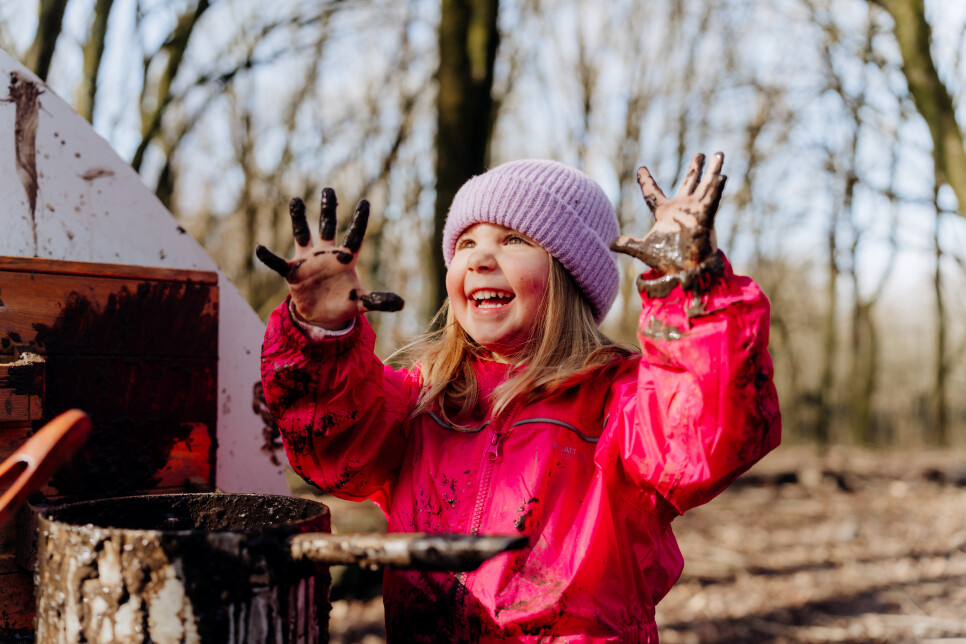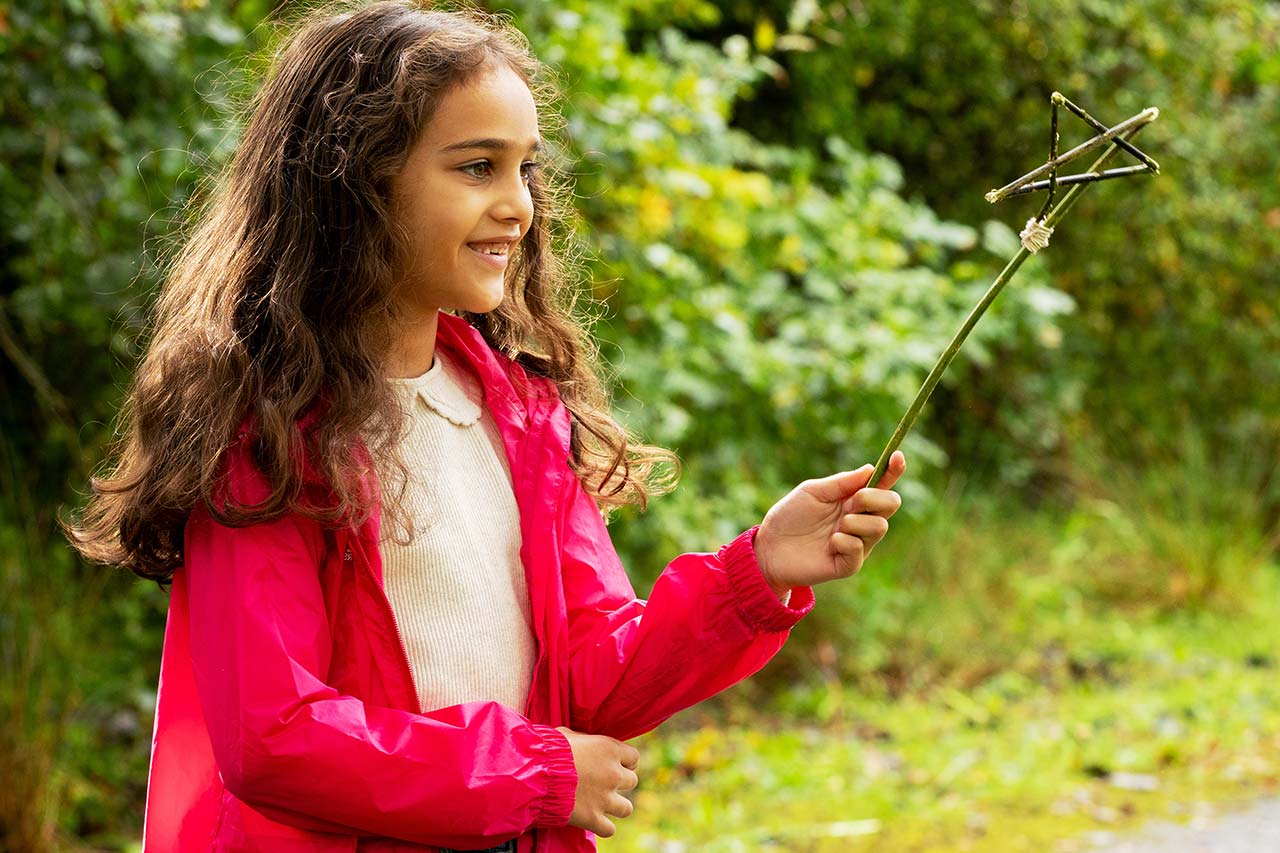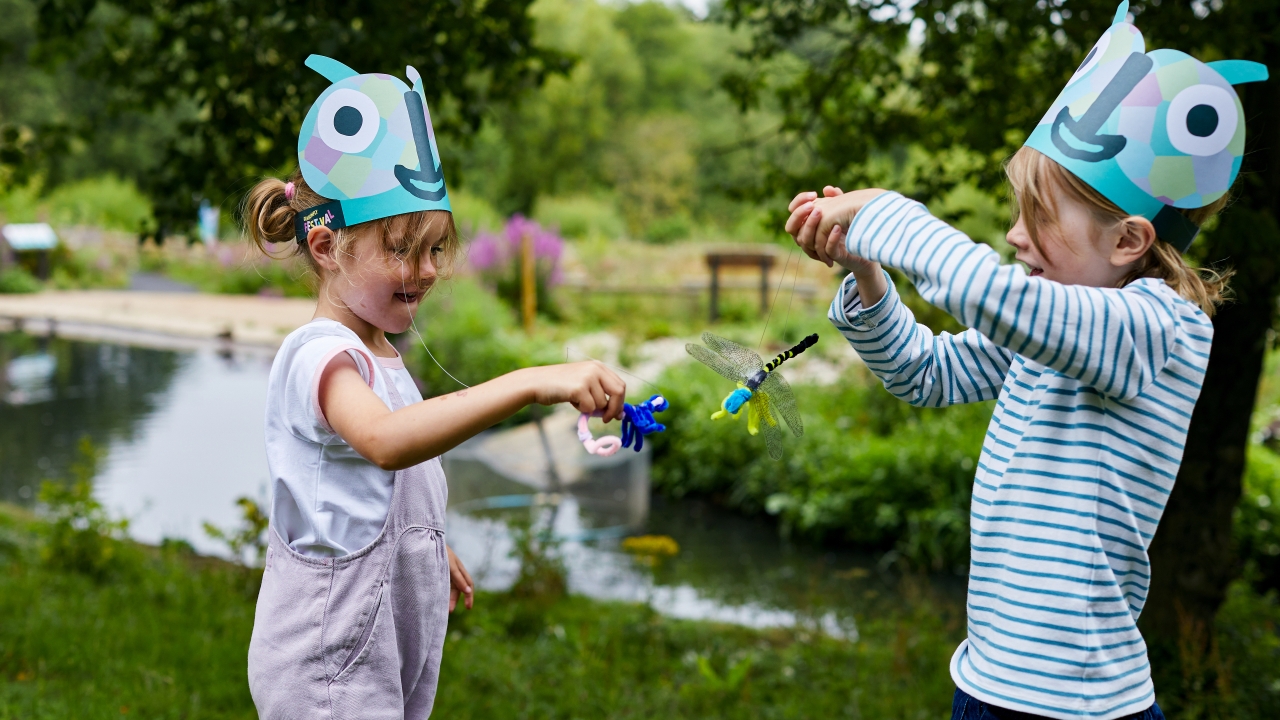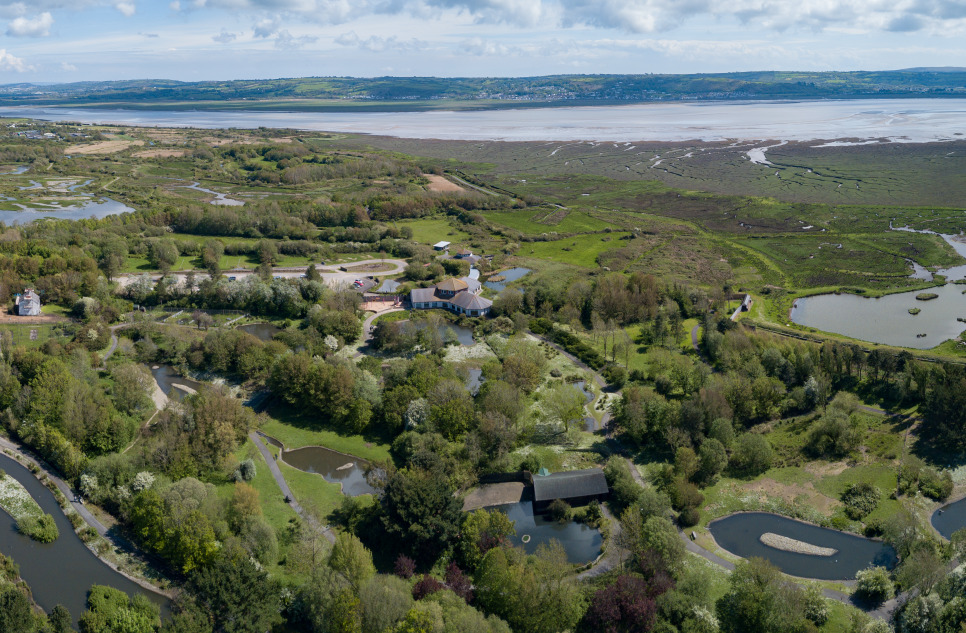Projects start to pay off with Llanelli's first black-winged stilt
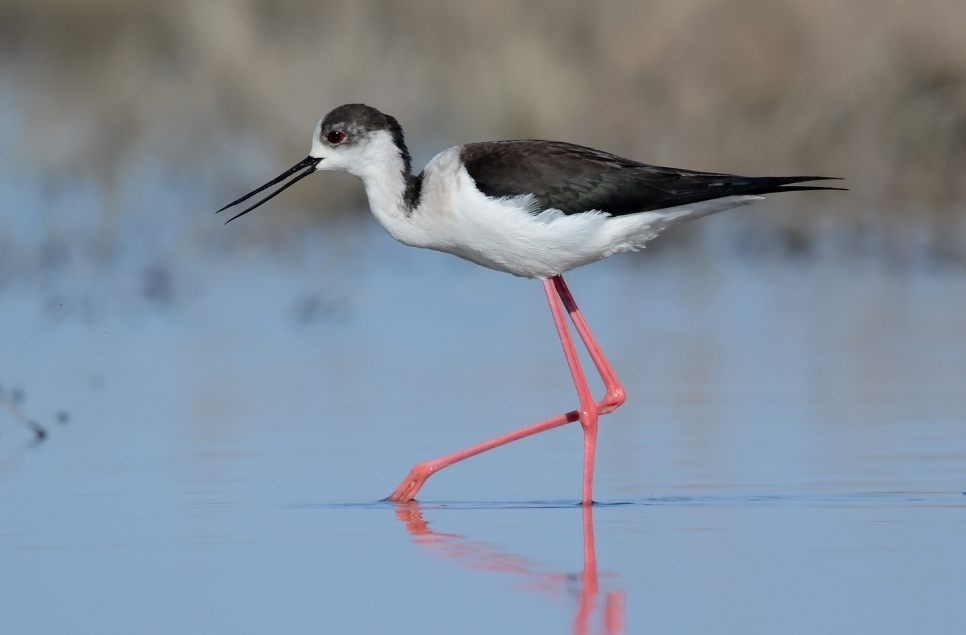
After months of digging, de-silting, rebuilding and clearing, our ambitious work on the Freshwater Lagoon has already begun to yield results - with our first ever black-winged stilt gracing us with its presence in April.
Many of you will have noticed the habitat enhancement work that was recently completed in and around the lagoon area of the grounds as part of an exciting project funded by Natural Resources Wales.
The main aim of the project was to remove silt and make the area more attractive to a whole range of wetland wildlife, including the internationally important populations of birds that regularly move between the reserve and the Burry Inlet estuary. Species that we particularly hope to benefit over the coming years include our spectacular flocks of black-tailed godwit (we counted 600 on the reserve just the other day!), as well as pintail, lapwing, diving ducks, and the wonderful black-headed gull colony. Make sure to look out for the Mediterranean gulls amongst them – we had a record six pairs last year.
In mid-April we were delighted to see our site's first-ever black-winged stilt appear on the Freshwater Lagoon. Only the second record in the county, the elegant long-legged wader made itself at home exploring the newly exposed mud and shallow waters, sometimes flying off to check out the Dafen Scrapes before returning again. Needless to say, the hides around the Freshwater Lagoon made viewing this beautiful bird easy and visitors captured some amazing photographs to document its stay.
We hope to attract other scarce waders like avocet to the lagoon one day too, and improve breeding opportunities for lapwing and little ringed plover, as well as an increased number and variety of roosting and feeding birds.
As part of the project, we have created a new Wetland Treatment System in the Marsh Garden area of the grounds, to trap silt and treat water that has passed through the living collection area by filtering it through a reedbed. Here is a photo of our volunteer team planting a new reedbed in the shallow water.
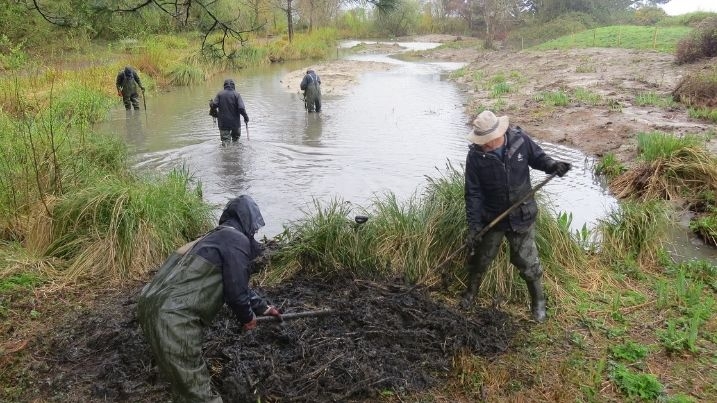
As with all habitat creation and restoration work, the initial impression following completion can be quite dramatic, with lots of bare mud! It's important to remember that wetlands are incredibly dynamic, productive habitats, and they will be covered in vegetation again in no time at all! We took great care in the design and delivery of the project to carefully minimise any short-term negative impacts, and the methods we used have been tried and tested over many years.
The similar Dafen Scrapes project work, in the fields behind the British Steel hide, demonstrated a hugely positive outcome for wildlife a few years previously, and have led to a dramatic increase in the variety and number of birds recorded in the area. So we can’t wait to see what arrives on the lagoon in the next couple of years!
If you have any questions about any of the work taking place at WWT Llanelli, please don’t hesitate to chat with our team when you visit or you can join us on one of our monthly Walk With A Warden events to find out more. These walks take place on the third Saturday of every month, starting from the Info Desk at 11 AM.
